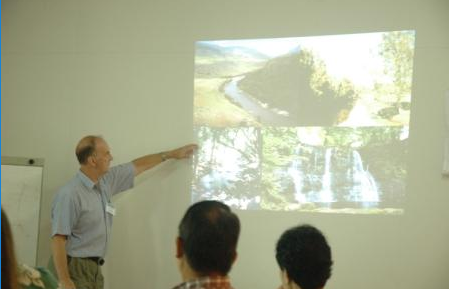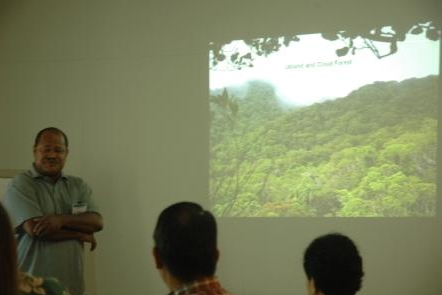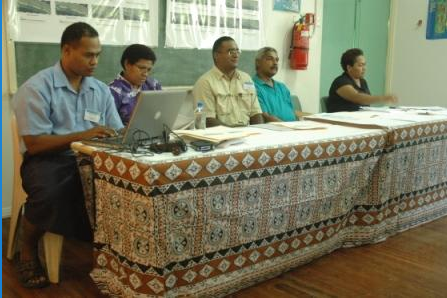Related News

The first Watershed Management study was done in the Rewa/Ba river mainly to conserve Fiji’s soil resources and improve the sustainability of hill land agriculture and forestry. Since then, there have been various studies on Fiji’s catchments, but these have not really progressed to concrete policy decisions, or implementation of environmentally-sound land-use practices. Little has been done to look at the whole of the catchment area and its relationship to the protection of water quality and healthy reefs in coastal areas. It appears that in Fiji, we are focusing on ‘end of catchment’ solutions rather than addressing the root causes of the problems.

There is a clear connection between the human activities in the catchment area and the water quality in the inshore areas. For example in the Great Barrier Reef (GBR), studies found that there was a clear gradient from North to South along the length of the GBR, corresponding to the extent of human impacts in the catchment areas on land (Wooldridge et. al., 2006). In the northern parts of the GBR, catchments are relatively undisturbed in contrast to the more human-impacted central and southern parts of the GBR catchment. This was reflected in the gradient of nutrient enrichment that was generally higher in the central and southern parts of the GBR, and lower towards the north (Wooldridge et. al., 2006).
The Institute of Applied Sciences for the first time hosted a one-day Watershed Management Workshop on the 30th of April, 2008. This was initiated by Environment Unit Manager, Bale Tamata and her supervisor Prof. John Morrison from the Environmental Science Department at the University Of Wollongong, Australia. The workshop was attended by representatives from government ministries and local NGO’s who made presentations on their current work related to watershed management. The workshop objectives were:
1. To appreciate the importance of incorporating ‘Watershed Management’ in planning for environmental and resource conservation and to be aware of problems of not using ‘all – of – catchment” approaches in land-use and resource planning.
2. To identify the common components of watershed assessments and discuss ‘rapid assessment methods’ : as they may be applied in Fiji
3. To review information on current and previous studies on watershed/catchment management in Fiji and to identify the key information gaps.
4. To identify key areas of interest that must be addressed at the national level including the roles where USP/IAS can be involved: Next steps?

Adoption of ‘best practice’ methodologies in agriculture, animal husbandry, forestry and other landuse activities in all of the catchment area can go a long way to protecting not only the terrestrial resources but also the coastal resources. The integrated “bottom-up” approach was evident from presentations as the more effective approach to take for watershed management. It was also evident from the workshop that it is a complex problem and cannot be addressed with a single sector alone. It was also noted that information related to watershed management is abundant and available but there was a need to make more accessible and better utilized for maximum output. A list of most of the relevant literature relating to work done on watershed management in Fiji was also compiled and will be kept at the Institute of Applied Sciences library for further research.